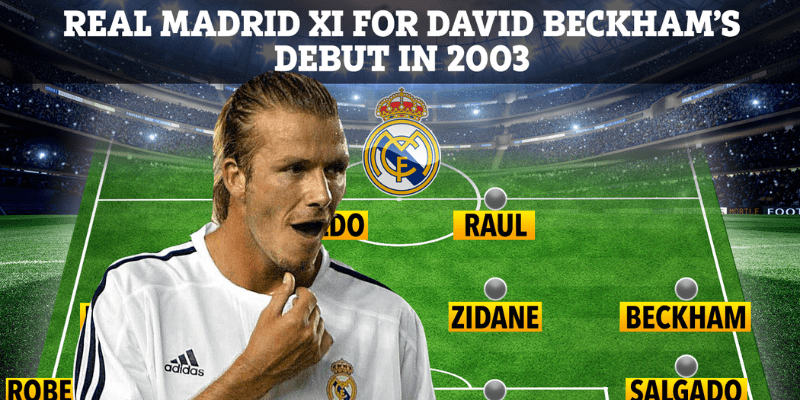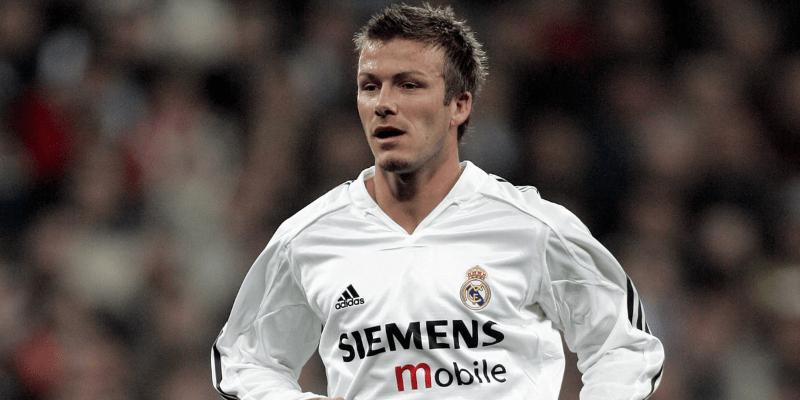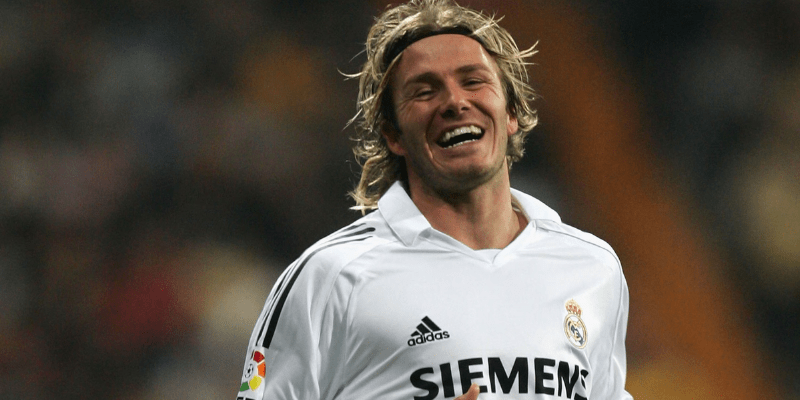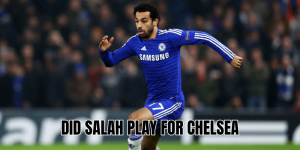From the moment the news broke that Beckham left Real Madrid, football fans across the world knew something dramatic was unfolding. In early 2007, the Galáctico era at the Bernabéu had entered its twilight, and David Beckham’s departure marked the end of a chapter steeped in ambition, commercial magnetism, and tactical tension. In this article, IndiGoal will take you behind that moment — why he left, how the exit unfolded, and what legacy it left behind.
The rise and tenure of Beckham at Real Madrid

From United legend to Galáctico dream
David Beckham joined Real Madrid in the summer of 2003 after a storied spell at Manchester United. As one of the most marketable players in the world, his move was as much about branding as it was about football. He joined a Real side intent on assembling the ultimate collection of superstars — the Galácticos — alongside Zidane, Figo, Ronaldo, and Raul.
He donned the number 23 shirt (due to number 7 being occupied) and immediately became a global icon in white. His crosses, free kicks, and trademark passing were functional on the pitch — but his commercial appeal was equally potent. Madrid leveraged his presence across Asia, Europe, and Latin America, capitalizing on “Beckham-mania” that extended well beyond the 90 minutes.
Competitive struggles and managerial changes
Over his four seasons, Beckham’s time in Spain was a blend of moments of brilliance and challenges. Real Madrid underwent multiple coaching changes, and he sometimes found himself on the fringes. Still, he contributed to titles: notably, he was part of the squad that captured the 2006-07 La Liga crown. His record at Madrid stood at over 150 appearances, 20 goals, and countless assists, etching his name into club lore.
Yet the cracks were there. In the 2006–07 season, under new coach Fabio Capello, Beckham found his starting opportunities limited. Meanwhile, the internal politics of Madrid, the burden of expectations, and the pressure of contract renewal all combined to make his position more precarious.
The departure: timeline and drama
Early signals and announcements
By January 2007, murmurs turned into headlines: on 11 January 2007, Real Madrid announced that Beckham would leave at the end of the season to sign a five-year deal with LA Galaxy in Major League Soccer. This was met with shock and awe across Europe — a star of his caliber stepping away from top-tier competition to join what was then a fledgling league.
Two days later, Capello declared that Beckham had played his final match for Real, though Beckham continued to train with the squad. Later, he was reinstated for a few games, even scoring a stunning free-kick against Real Sociedad in February. His final appearance came on 17 June 2007 — in a 3–1 win over Mallorca that sealed the league title.
Conflict, contract, and legacy
The decision to let Beckham go was influenced by contract standoffs. Real Madrid’s management chose not to renew his deal, citing sporting direction and diminishing returns. There was friction with Capello, who initially sidelined him before later allowing reentry. Some analysts later claimed Capello used leaks and pressure to force Beckham’s exit.
At the end, Beckham left on a high — winning La Liga in his final game. Yet, the move to MLS caused many to question whether he was exiting on prestige or pursuing a new frontier.
Why Beckham left Real Madrid

Sporting relevance and diminished role
One major reason was his waning importance in the Madrid setup. Under Capello, quicker, younger players were prioritized. Beckham’s appearances had dropped, and the club saw him more as a symbolic figure than a tactical core. Rather than accepting a diminished role, he opted for a clean break.
Ambition beyond European football
Beckham’s move to LA Galaxy was more than a football transfer — it was a visionary leap. He wanted to help grow the game in the U.S., and his move legitimized MLS on the global stage. His contract included clauses often unheard of at the time, such as revenue shares and franchise options, setting a new standard for player-business roles.
Financial and personal incentives
The contract with Galaxy was extraordinary in scope. He would benefit not just. These provisions made leaving Madrid not just acceptable — potentially more lucrative than staying.
A sense of closure and a final statement
Beckham’s exit allowed him to leave Europe on his own terms. He could bow out.
After Madrid: what came next
Once Beckham left Real Madrid, his career entered a different chapter.
- LA Galaxy (2007–2012): He became the face of MLS, winning two MLS Cups and helping transform the league’s perception.
- Loan stints at AC Milan (2009, 2010): He remained competitive in Europe while contracted to Galaxy.
- Paris Saint-Germain (2013): A final European stint before retiring.
- Legacy and influence: He helped catalyze the Designated Player Rule in MLS. His move inspired future stars (Ibrahimović, Messi) to join the U.S. league, boosting its growth.
Impact and reflection on football history

Beckham’s exit. It showed that a top player could leverage off-field assets (brand, influence) into footballing decisions. It also proved that leagues outside Europe could attract elite talent if structured smartly.
His departure remains a case study in how footballers can guide their own narratives. When Beckham left Real Madrid, it was not simply a transfer — it was a turning point in modern football’s intersection with commerce and culture.
Conclusion
When Beckham left Real Madrid, he didn’t just close a chapter — he rewrote how global superstars manage their destinies. That exit embodied tension, ambition, and bold direction. For fans and analysts, it remains one of football’s most fascinating pivots.
IndiGoal invites you to dive deeper: check our profiles of Beckham’s MLS era, the Galácticos project, and the tactical battles of 2007. If you love stories of players navigating sport and legacy, stay tuned — we bring you the insights that matter.



